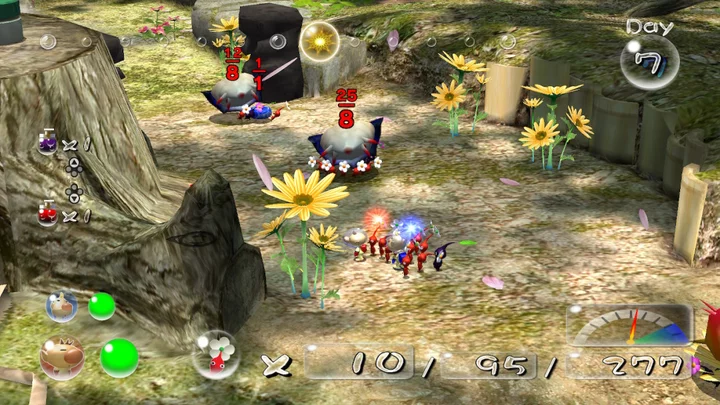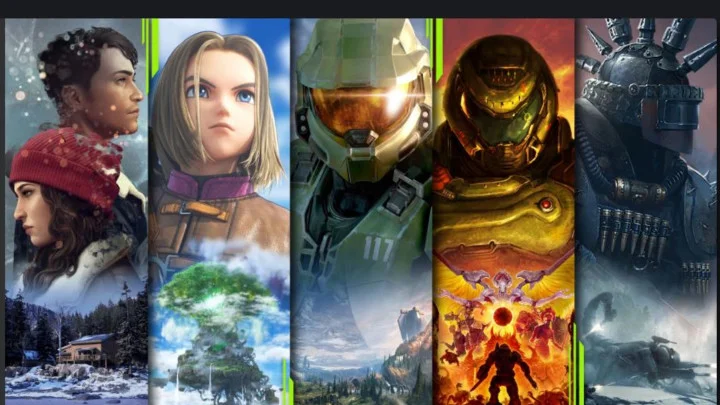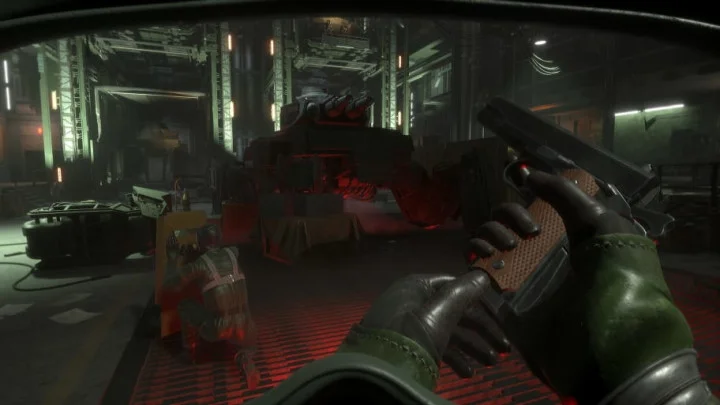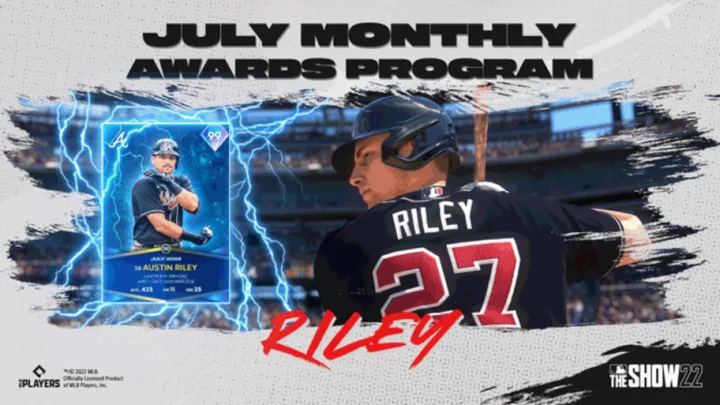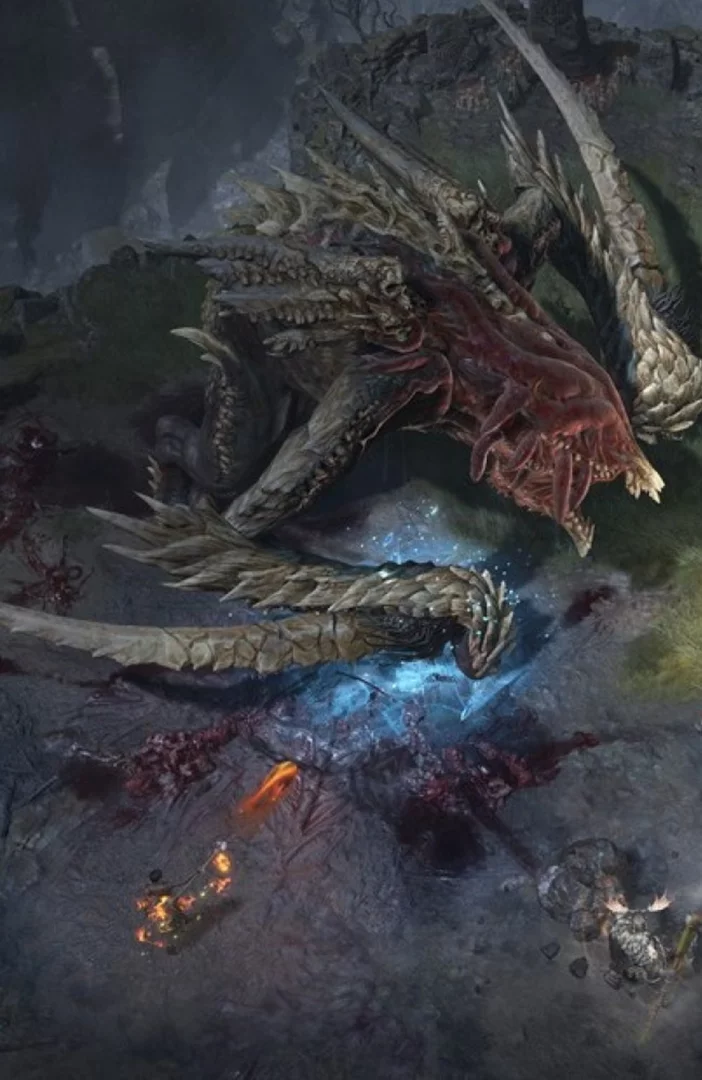Hot off the heels of June’s Nintendo Direct, Nintendo continues its new tradition of shadow-dropping a beloved GameCube game onto the unsuspecting public. Unlike the loving Metroid Prime remaster, Pikmin 1+2 ($49.99 as a bundle, $29.99 separately) are straightforward ports, updated with HD visuals and not much else. Meant to serve as appetizers or even introductions to the series before Pikmin 4’s release, Pikmin 1+2 mostly stand the test of time. They show their age in certain respects and feature not-so-surprising omissions, but Nintendo’s quirky strategy games have cores that are far from rotten.
Back Into the Trenches
It’s hard to believe that Pikmin 1 came out more than 20 years ago. Launching alongside the Nintendo GameCube in 2001, Pikmin introduced Captain Olimar, a tiny spaceman marooned on an unknown planet after his rocket ship was hit by a meteor. While on the planet, he befriends the Pikmin, colorful plant-like beings that are part soldier, part lemming. With only 30 days of oxygen remaining, Olimar uses the Pikmin to explore the unknown planet, dealing with all types of hostile fauna along the way in an attempt to repair his spaceship and return home.
If Pikmin 1 is all about surviving a hostile planet, Pikmin 2 is about surviving the hostile claws of capitalism. Originally released in 2004, Pikmin 2 follows directly after Pikmin 1. Upon returning home to his planet of Hocotate, Olimar discovers that the employer is in massive debt, partly thanks to the negligence of the inexperienced new hire, Louie. When it’s discovered that the souvenir Olimar returned home with is worth about a year’s salary, Olimar’s boss sends him and Louie back to the Pikmin planet, this time to rummage for treasure and pay back the company's crippling debt.
Although the motivations vary between games, the beat-by-beat strategy gameplay remains the same. You’re placed in command of up to 100 tiny soldiers, steering them through obstacles while committing some light genocide. Each Pikmin has its own unique skills and abilities: Red Pikmin are strong fighters who can resist fire; Yellow Pikmin are resistant to electricity and can be tossed higher than other Pikmin; and Blue Pikmin are the only Pikmin that can survive in water.
Pikmin are individually weak, but strong as a unit. You use them to build bridges, carry treasures and ship parts, and fight enemies. Like other real-time strategy games, Pikmin 1 and 2 let you command your troops with an onscreen cursor. The games were made with a controller in mind, so moving large swaths of Pikmin is fairly intuitive while finer commands are not. Pikmin are as easy to grow as they are to accidentally kill, and you can replenish their ranks by having other Pikmin deliver resources and defeated enemies back to their ships.
Pikmin 1’s challenge comes from the game’s day-night cycle. Once the sun sets, the planet becomes too dangerous to explore, so you must build armies and explore the map within a time limit (roughly 15 real-world minutes). Like Cinderella racing from the ball at the stroke of midnight, you're dead if you’re not back to the ship by nightfall. Nothing’s more heartbreaking than watching your bite-sized stragglers become someone’s midnight snack.
Returning to Pikmin 1 is challenging, as the gameplay updates from later titles don't exist, and there's a restrictive time limit (which is loosened to various degrees in Pikmin 2 and Pikmin 3) in play. Multitasking is also much harder, as you only have Olimar to rely on and not multiple captains. However, Pikmin 2 adds significant advancements.
What About Pikmin 2?
Pikmin 2 does away with the 30-day time limit while adding a second captain to help with multitasking. You can separate Olimar and Louie, splitting Pikmin and tasks between them. The three aforementioned Pikmin return, with new Purple and White Pikmin added to the mix. Purple Pikmin are incredibly strong and can lift as many as 10 Pikmin. However, they move much slower than other Pikmin. Meanwhile, White Pikmin can withstand poison traps and enemies.
With the pressure of a time limit mostly gone, Pikmin 2 finds its challenge in its new underground areas. Traveling below the surface yields big rewards, but the sublevels are full of tricky bosses and traps that can wipe out your entire army in minutes. You can't spawn new Pikmin while underground, so resource management becomes even more critical. On top of that, the new Purple and White Pikmin can only be spawned by sacrificing another color Pikmin.
The roguelike nature of Pikmin 2’s underground areas makes the treasure hunt that much more exciting. In addition, the Pikmin series' charms really started to develop in the second release. Although it was lightly implied that the planet you were stranded on was Earth, Pikmin 2 solidifies the notion even further. Digging up real-world items, such as batteries, coins, fruit, and even Nintendo memorabilia, adds a whimsy that's missing in Pikmin 3—and what seems to be on the menu for Pikmin 4.
Part of what makes Pikmin so endearing is that it's both unabashedly cute and accidentally horrific. The Pikmin hum to themselves while working, grow flower buds that blossom as they get stronger, occasionally trip and fall during formations, and let out sad little screams when they fall in battle. The same goes for the various creatures you encounter. The sleeping Bulborb becomes a hungry threat as quickly as it becomes a limp corpse, carried back to base and recycled to make more Pikmin. Like nature, the world of Pikmin is as colorful as it is cruel.
Low-Hanging Fruit
Although it is a joy to see both Pikmin games come to the Nintendo Switch, the ports are bare-bones affairs. The games are mostly as they originally were, with a bump in resolution and a lack of product placement in Pikmin 2. The models still look good, but the textures are a bit muddy when the camera is zoomed close to the action. Plus, there are many pixelated edges in the environments, and the frame rate remains capped at 30 frames per second. Those aren't deal breakers by any means, but newcomers should set their expectations. Portable play does help the image quality a bit, simply because the smaller screen makes blemishes harder to see.
Motion controls find their way into these ports, but they’re strangely implemented. For example, you can only use them while calling and throwing Pikmin. Although this improves your accuracy and speed, the Wii re-releases of these games (and Pikmin 3) gave you total cursor control rather than limiting the gyro to just two actions. Worse, I felt a noticeable input delay.
It’s disappointing to see because Nintendo successfully emulated the Wii’s motion controls in recent ports and remasters, like The Legend of Zelda: Skyward Sword HD, Metroid Prime Remastered, and the upscaled Super Mario Galaxy included in the now-unavailable Super Mario 3D All-Stars. And for $49.99 (or separately for $29.99), it’s a somewhat pricey endeavor, considering how little has been updated (and in regard to motion controls, made worse).
Port-woes aside, the two Pikmin titles accrued a fair amount of crust over the 20 years since their release. For example, the AI is clumsy, often getting stuck around corners. In addition, both games suffer from difficulty spikes. Combat, especially with boss enemies, are messy affairs thanks to a lack of precision. Both releases feature a challenge mode, but to be frank, they aren't much fun to play. The same goes for Pikmin 2's attempt at multiplayer strategy.
Nintendo Switch OLED Model and Metroid Dread: We Review the Upgraded HandheldA Tactical Green Thumb
I can’t deny that I’m happy to see both initial Pikmin games available on the Switch, but I was hoping for some more TLC. If you’re new to the series and you’re curious about where to start, we recommend jumping right into Pikmin 3 Deluxe because it’s more accessible. The upcoming Pikmin 4 may prove an even better starting point. However, nostalgic gamers willing to overlook the titles' eccentricities—and the Nintendo faithful who wonder why Shigeru Miyamoto has been obsessed with this alien ant farm for the last two decades—will find a lot to like in this cute twist on strategy gaming.
For more recommended Nintendo Switch titles, check out The Best Nintendo Switch Games and The Best Nintendo Switch Games for Kids. For in-depth video game talk, visit PCMag's Pop-Off video channel. Eager to see the new titles on the horizon? Visit The Best Video Games Coming Out in 2023.

